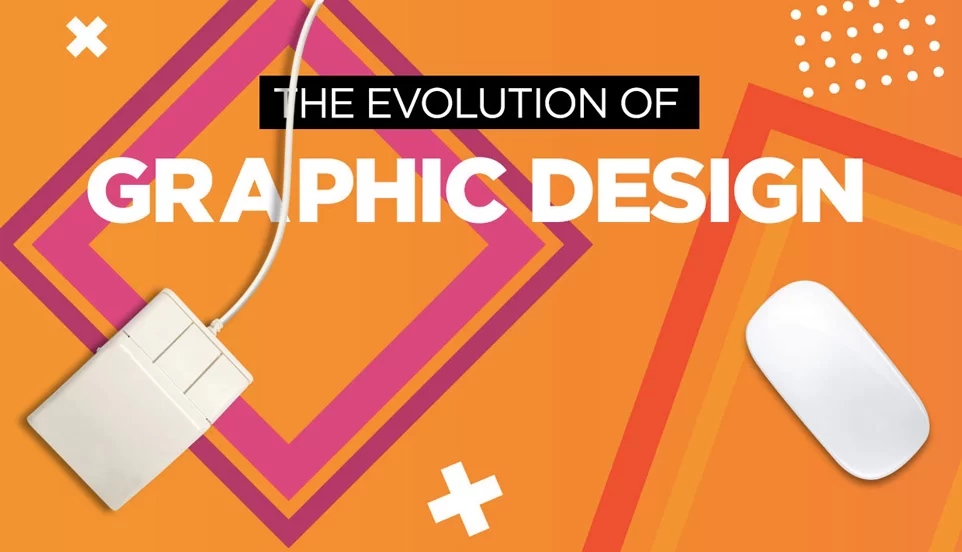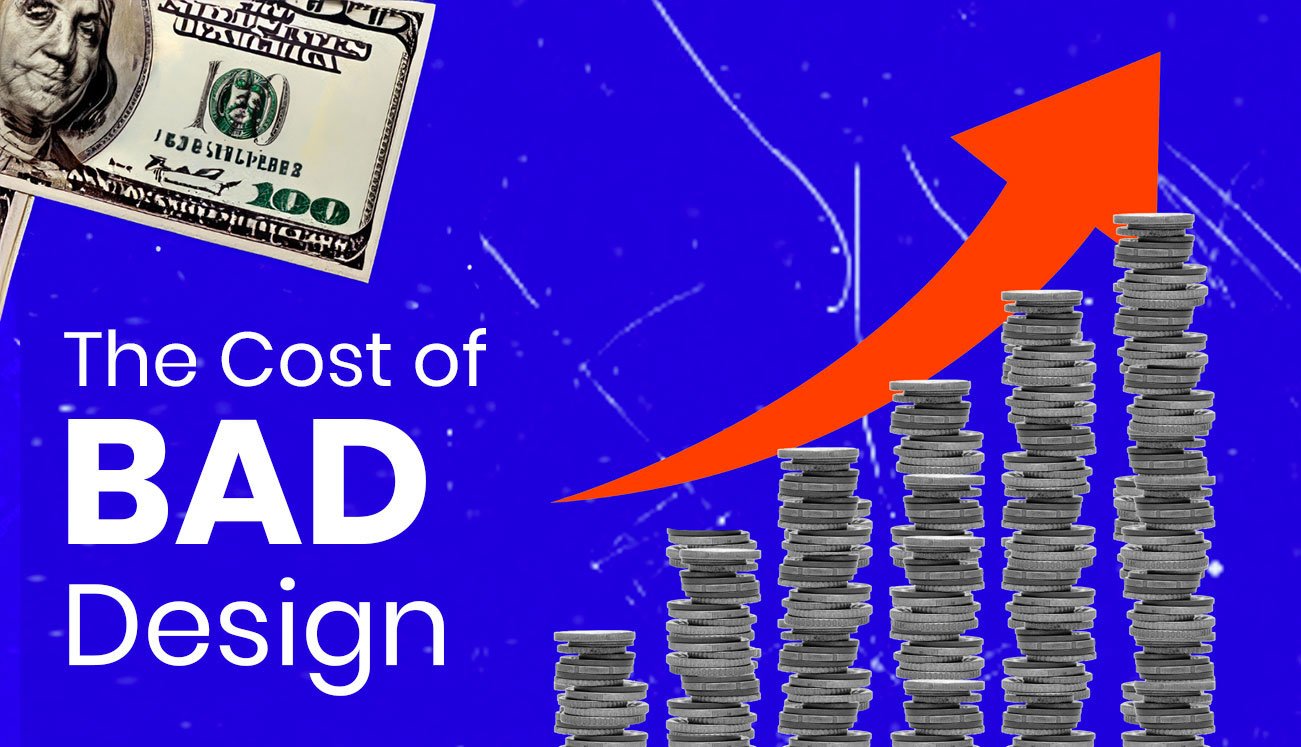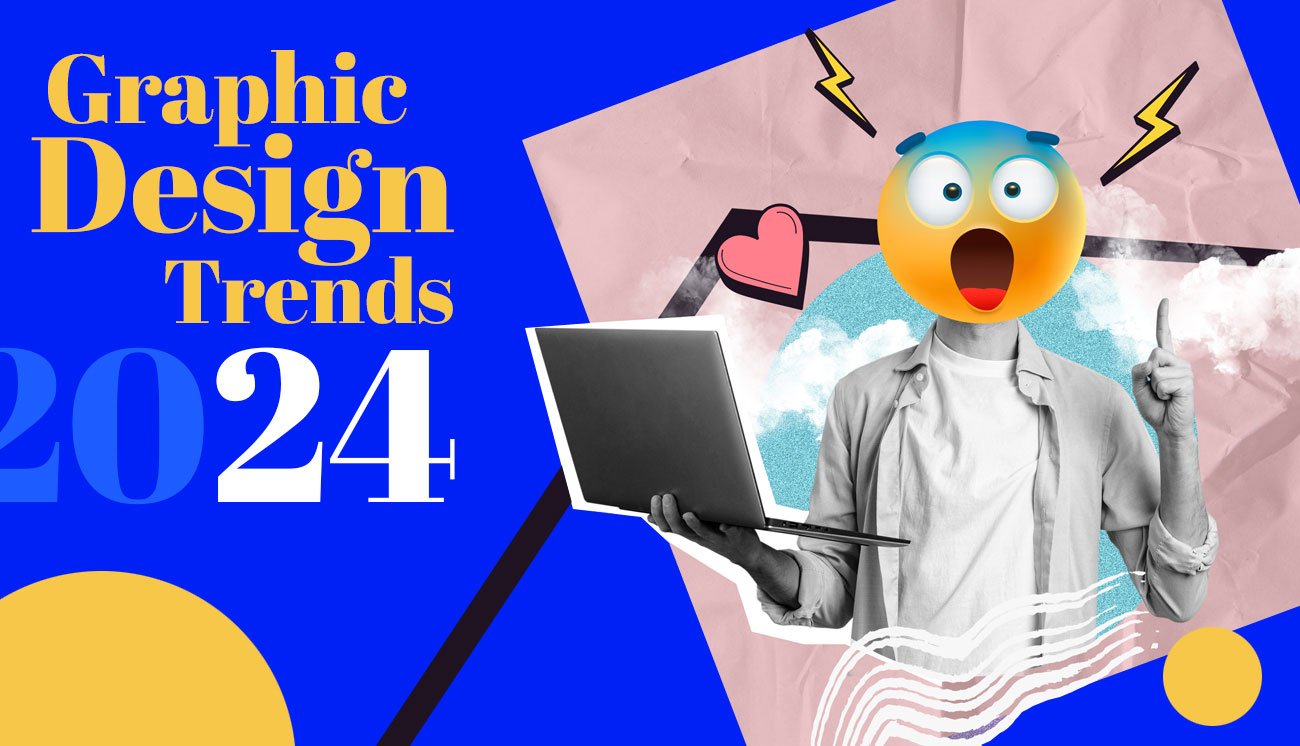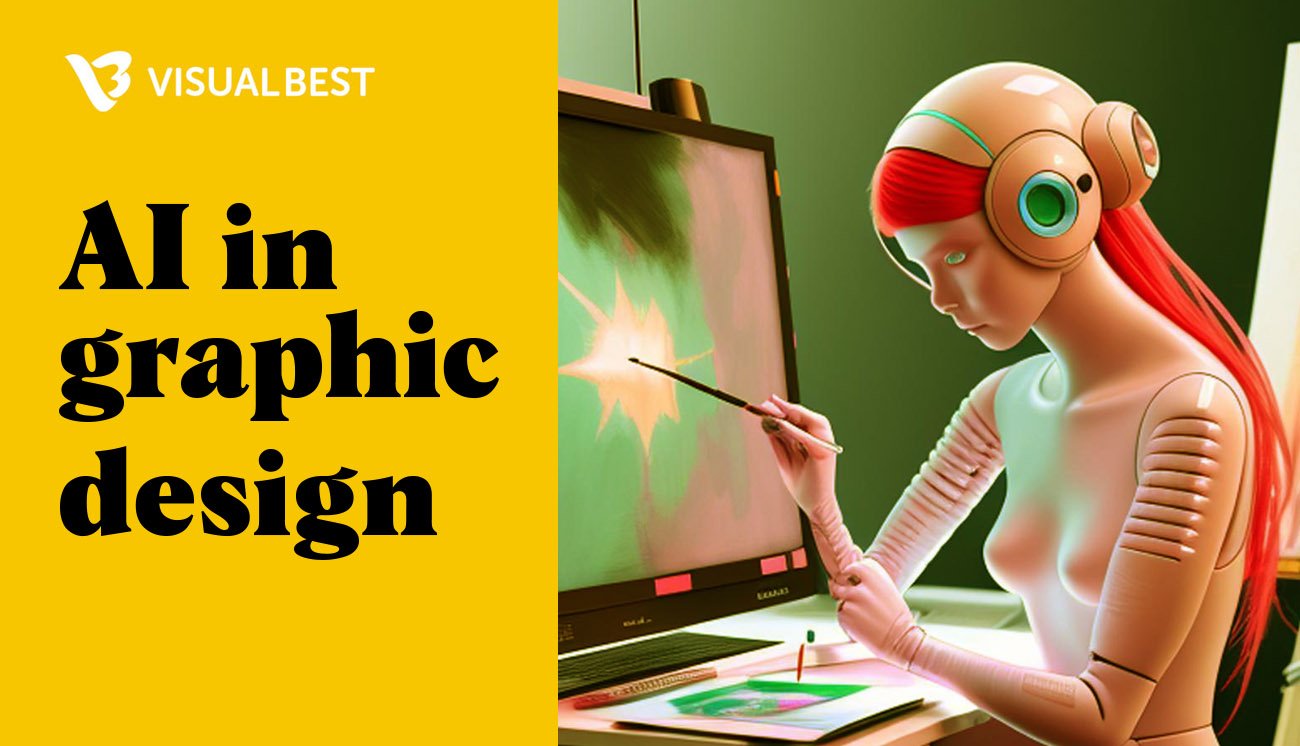Design
The Evolution Of The Graphic Design

The graphic design industry is one of the oldest industries this world has witnessed and the nostalgia journey of its evolution makes this industry stands apart from other ones. Want to know why? Come and ride into the blog to have an answer.
Can we imagine this world without the design industry our life revolves around for hundreds of decades? The answer will be NO. Graphic design is everywhere from what we wear to what we see around us, this industry has been chasing us for years. With thousands of years of old history when our early ancestors used to drawn pictures on the cave, walls, and rocks to the current digital techniques of daily implementing the abundant of design concepts, this industry has evolved so much and is still evolving.
William Addison Dwiggins an American type designer, calligrapher, and book designer was the first person to call “Graphic Designer” in 1922 and hence he was the one who created the term “Graphic Design” to describe the art of designing with graphics.

Graphic Design has begun to set its roots in the year 1440 after the invention of the printing press but caveman times brought the visual communication into the big picture. Talking about the era of 90’s it was actually the time for experimenting with art and design with so many inventions expanding their presence.
In this section, we will take a deep throwback journey of the time of the ’90s where the evolution was slowly transforming into what we see today in the world of graphic design. After that, we will discuss the current design scenario abreasts of what the future is holding for this oldest industry.
Graphic Design in the 19th Century: The beginning of technological advancements
The beginning of the modern era we know as the 20th century is a complete dynasty of the 19thcentury where technologies had been evolving into new capabilities. Thanks to the 19th century as what we watch in today’s date is actually exploitation of these capabilities to have more artistic aims.
The beginning of Advertising and Branding
Talking about early centuries disco typography, cartoon-style iconic images, bell bottoms, neon lettering were on the peak but it was the time of the 1900s when branding and advertising in the form of posters actually came on board and became a form of expression. Posters printed with large wood types were used extensively to advertise new modes of transportation, entertainment, and manufactured goods throughout the 19th century and as a result, typefounders developed larger sizes of types for use on posted announcements and innovated new typefaces including sans serif, slab serif, and decorative designs.
This is the time when the offset lithographic printer was invented in 1903 and printing onto almost any surface could now be done. Aloys Senefelder of Bavaria who discovered the lithography process in the 1790s and it’s color version, called chromolithographs, were widely used in the second half of the 19th century and changed the look of the packaging that the goods being advertised were sold in.
The invention of several visual and art platforms
McCann formerly known as McCann Erickson was the first advertising agency in Newyork City established by Alfred Erickson in 1902. Later on, By opening offices in Europe in 1927, South America in 1935 and Australia in 1959 it becomes one of the first global advertising agencies with having offices in 120 countries in today’s date. Similarly, Wiener Werkstatte was the first production community of visual artists in Vienna, Austria bringing together several artists working in ceramics, fashion and the graphic arts in 1903 by Koloman Moser and Josef Hoffman. It is also the time when the very first school of graphic design opened its door in Germany in 1919 called Bauhaus. Bauhaus was the central force to trigger the popularity of the modernist style in crafts and the fine arts. After a hundred years, Bauhaus design continues to inspire artists, graphic designers, and architects across the globe.


The rise of the Art Deco style
Today’s design industry is the reflection of the remarkable influence of the visual arts that has marked one of the important and exciting decades of the 90’s era. One of the modernist art styles, Art Deco that was first emerged in France but due to its growing popularity among artists it became one of the first international design movements to be seen on buildings, artworks, posters, and interiors. Poster design artists warmly welcomed this glamorous design style to create strong graphic layouts with rich color palettes. But around the 1930s, the rich color palettes of this art deco style replaced by more subdued tones.

The emergence of the Modern Art Movement
This was the time when the glamorous designs were getting replaced by motivational art form imagery as the consequences of world war 2. Soviet propaganda artists who were inspired by the art deco art form and constructivism (a Russian art movement which emphasized art as having a social purpose) had some of the most interesting designs to emerge in this period. Realist illustrations, irregular layouts, minimal color palettes were setting their roots to the ground with having visible brush strokes, witty art form, and rich colors all were arising as the silver lining to the dark clouds during the war period. Commercial advertising was also witnessing some cheerful illustrations to have a youth and excitement sense of movement in the art form.


Birth of Pop Culture
This was the time when individuals started expressing their views through the mode of music, art, and fashion. And hence, it is totally understood that the beginning of pop culture and social movements arise from this era. Photography was emerging as the most dominating choice for the magazine and ad design during this period with illustration taking a back seat throughout the 1970s. This period proved to give rise to the revolutionary typography style with three-dimensional effects on the words which pushed the boundaries of having a more retro-styled look. 1970’s witnessed some of the cultural trends of that time- Punk, Disco, and the hippy movement with 1980’s taking the trends forward and exaggerated them even more.

The debut of Digital Design Technology
1984 was the year when the first MAC came into picture becoming the first mass-market personal computer that featured a graphical user interface, built-in screen, and mouse. It was referred to as Apple Macintosh. Later on, in 1985, John Warnock, Charles Geschke of Adobe systems had created a programming language PostScript to control output devices like laser printers. Moving forward, the era of the ’90s brought photoshop first version 1.0 on the screens. The emergence of photoshop in 1990 evolved designers ability to experiment more with new designs and photo manipulations become easy than before.
It was the same time when Tim-Berners Lee developed the concept of the World Wide Web along with HTML and implemented the first successful communication between a Hypertext Transfer Protocol (HTTP) client and server via the internet.

Design Industry We See Today
While digital design technology already marked its first venture in the 19th century, the 20th century was no longer remain untouched from its significant influence on the designers. The year 2000 began with evolving this technology in a more iconic way where it was impossible for designers to think apart from computer-aided designs. 20th century stated to be responsible for emerging social causes and political changes like never before. Hope Poster for the 2008 U.S presidential campaign by Shepard Fairey’s is a great example of this.
Logo designs were not much popular before brands like Google, Facebook, and Twitter set their iconic brand identities with this. Designs become more focussed with many thinking behind every success or failure of a business is a logo identity the brand is set upon. Illustrations have also experienced revolutionary traits of modern design- Flat design, digital illustrations are now evolving as a fresh art form in the world of graphic design.
Websites become more mobile responsive, use of flat icons and videos across marketing channels now become a new trend we see in the recent world today.
Future
Trends change from years to years and months to months but what will be going to stay in the graphics industry is the use of more personalized and interactive designs. No matter wherever design goes next, and no matter in which decade we enter next to, User experience designs will surely going at the upfront with us. Technology will become more advanced and digitalization is only going to step ahead of us.
With thousands of years of history and another thousand years and much more. The graphic design industry has always surprised us with its varying nature of adopting new techniques that come in its way and will remain to surprise us with the new advancement in design techniques in the upcoming future.
Conclusion
In this blog, we have experienced a walk down memory lane of the 19th century including the birth and evolution of some trends and platforms. We have also discussed how the graphic design industry transformed itself into the latest shift of digital technology, what is the graphics industry in today’s date and how we see the industry over the next decades.
Now, Just a question, If there would be any time machine to take you in the back ’90s in which year you would like to drop in and what is the most exciting thing about that time?
Tell us in the comments below
 +1 445-266-1603
+1 445-266-1603 +91 96504 08093
+91 96504 08093



























